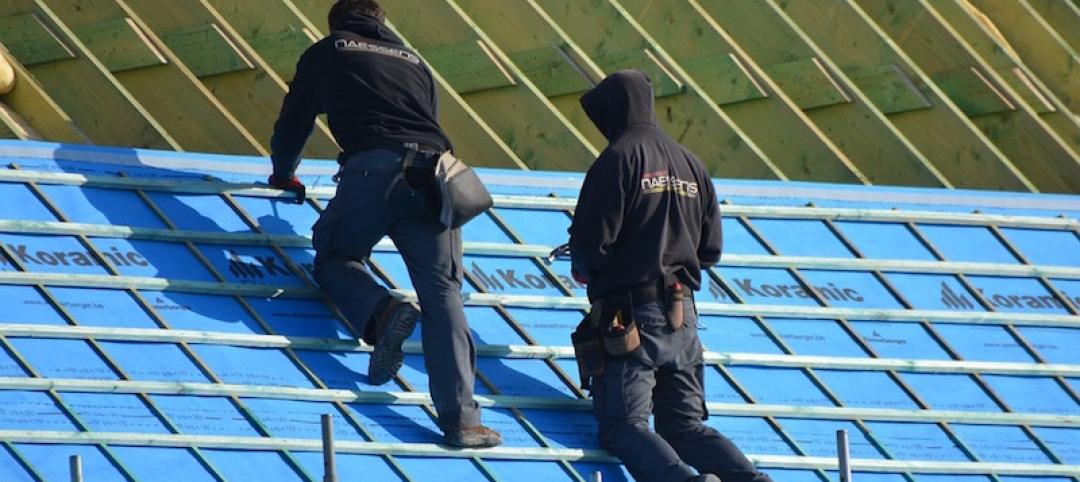ASHRAE has released a new standard that provides a test method to determine the heat gain generated by office equipment.
The growing use of plug loads coupled with insufficient data on how much energy they generate present a challenge to engineers in determining how to best cool a building.
ASHRAE/ANSI Standard 203-2014, Method of Test for Determining Heat Gain of Office Equipment Used in Buildings, prescribes methods of test to determine the range and average operating heat gains of electrical equipment for use in cooling load calculations.
The standard applies to plug-load type electrical equipment. Plug loads (computers, monitors, printers, projectors, etc.) use between 20% to 50% of a building’s energy.
Increased use of computers and advances in building techniques and building envelopes have made heat gain from electrical equipment a larger factor in engineering cooling systems.
“Most plug loads operate at a fraction of their nameplate electrical load, so, as a result, produce significantly less heat load than engineers may use in their cooling load calculations based on those nameplate values,” according to an ASHRAE statement. “This can result in over-sizing of air-conditioning equipment, resulting in extra initial cost for that equipment as well as higher operating cost.”
Related Stories
Codes and Standards | Dec 9, 2016
California city’s plan for net zero building includes net zero water usage
Santa Monica city services building aims for highest level of sustainability.
Codes and Standards | Dec 8, 2016
WELL and BREEAM to align standards
The goal is to make it easier for projects pursuing both standards.
Codes and Standards | Dec 7, 2016
U.S. lumber industry pushes for import duties on Canadian softwood
The industry claims the product is being sold below fair market value.
Codes and Standards | Dec 5, 2016
International Construction Measurement Standards draft released
The goal is to improve consistency for calculating costs and reducing risk.
Codes and Standards | Dec 2, 2016
D.C. Council passes bill to reduce number of blighted properties
The new legislation reduces the amount of time a vacant property can qualify for a lower tax rate.
Codes and Standards | Dec 1, 2016
Passive House standard gaining influence in commercial sector
Some industry watchers predict it will become the base building code.
Codes and Standards | Nov 30, 2016
Researchers finding solutions to bird/building collisions
Glass facades pose a serious risk to birds and cause millions of avian deaths each year.
Codes and Standards | Nov 29, 2016
New OSHA rules to reduce fall and trip hazards
Employers can choose from a variety of fall protection systems.
Codes and Standards | Nov 29, 2016
Seattle imposes new construction regulation to address rat problem
The city ranks first in U.S. in rat population.
Codes and Standards | Nov 28, 2016
Construction groups sue New York City over crane safety regulation
The rule bans cranes from operating when wind exceeds 30 mph.

















